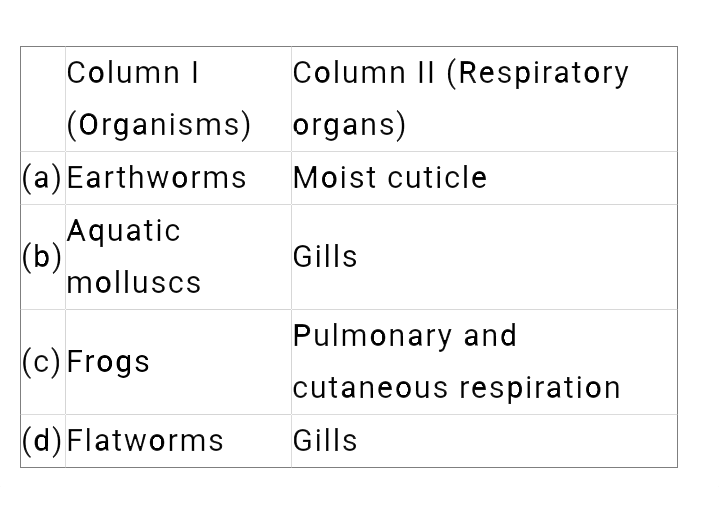Which of the following STD and its causative agent is not correctly matched ?
Gential warts : Haemophilus ducrei
Syphilis : Treponema pallidum
Genital herpes : Type II Herpes simplex virus (HSV-2)
Trichomoniasis : Trichomonas vaginalis
The correct Answer is:A
To solve the question regarding which STD and its causative agent are not correctly matched, we will analyze each option one by one.
1. Understanding STDs:
- STDs (Sexually Transmitted Diseases) are infections that are primarily spread through sexual contact.
2. Analyzing Each Option:
- Option 1: Trichomoniasis
- Causative Agent: Trichomonas vaginalis
- This is correctly matched. Trichomoniasis is indeed caused by the protozoan Trichomonas vaginalis.
- Option 2: Genital Herpes
- Causative Agent: Type 2 Herpes Simplex Virus
- This is also correctly matched. Genital herpes is caused by the herpes simplex virus, specifically type 2.
- Option 3: Syphilis
- Causative Agent: Treponema pallidum
- This is correctly matched as well. Syphilis is caused by the bacterium Treponema pallidum.
- Option 4: Genital Warts
- Causative Agent: Human Papillomavirus (HPV)
- This is incorrectly matched in the context given. The question states that genital warts are caused by Haemophilus ducreyi, which is incorrect. Genital warts are actually caused by the Human Papillomavirus (HPV).
3. Conclusion:
- The option that is not correctly matched is regarding genital warts. Therefore, the answer is that genital warts are incorrectly matched with Haemophilus ducreyi.
Final Answer:
The STD and its causative agent that is not correctly matched is Genital Warts with Haemophilus ducreyi.
---
- STDs (Sexually Transmitted Diseases) are infections that are primarily spread through sexual contact.
- Option 1: Trichomoniasis
- Causative Agent: Trichomonas vaginalis
- This is correctly matched. Trichomoniasis is indeed caused by the protozoan Trichomonas vaginalis.
- Option 2: Genital Herpes
- Causative Agent: Type 2 Herpes Simplex Virus
- This is also correctly matched. Genital herpes is caused by the herpes simplex virus, specifically type 2.
- Option 3: Syphilis
- Causative Agent: Treponema pallidum
- This is correctly matched as well. Syphilis is caused by the bacterium Treponema pallidum.
- Option 4: Genital Warts
- Causative Agent: Human Papillomavirus (HPV)
- This is incorrectly matched in the context given. The question states that genital warts are caused by Haemophilus ducreyi, which is incorrect. Genital warts are actually caused by the Human Papillomavirus (HPV).
- The option that is not correctly matched is regarding genital warts. Therefore, the answer is that genital warts are incorrectly matched with Haemophilus ducreyi.
The STD and its causative agent that is not correctly matched is Genital Warts with Haemophilus ducreyi.
Topper's Solved these Questions
Similar Questions
Knowledge Check
Which of the following pairs of isomers is not correctly matched with its type of isomerism ?
A[Cr(NH3)6][Cr(CN)6] and [Cr(NH3)4(CN)2][Cr(NH3)2(CN)4]- Coordination isomerismB[Co(NH3)5NO2]Cl2 and [Co(NH3)5ONO]Cl2-Linkage isomerismC[Co(py)2(H2O)2Cl2]Cl and [Co(py)2(H2O)Cl3]H2O - Coordination isomerismD[Pt(NH3)4Br2]Cl2 and [Pt(NH3)4Cl2]Br2- Ionisation isomerism
Which of the following substrate is not correctly matched with its end products?
View SolutionWhich of the following pathogen is not correctly matched with the disease it causes
View SolutionWhich of the following STD is not caused by a bacterium ?
View SolutionWhich of the following STD is not caused by a bacterium ?
View SolutionWhich one of the following structures in Periplaneta is correctly matched with its function ?
View SolutionWhich of the following IUPAC names(s) is/are not correctly matched with its formula?
View SolutionWhich of the following organism is not correctly matched with its respiratory organs?

View Solution
